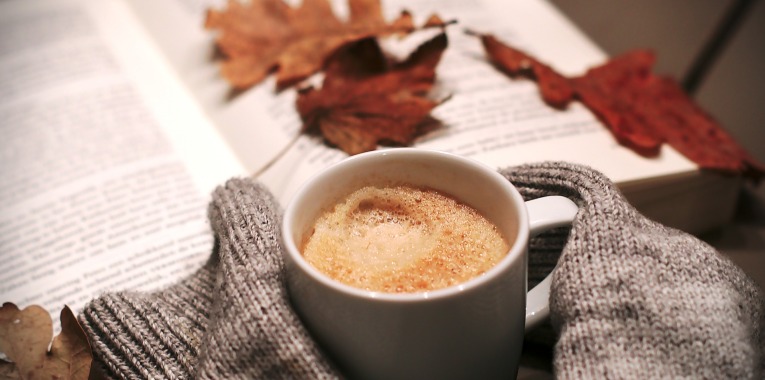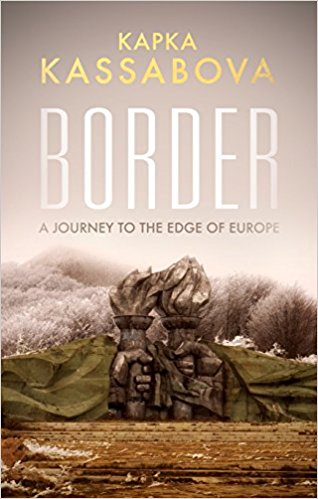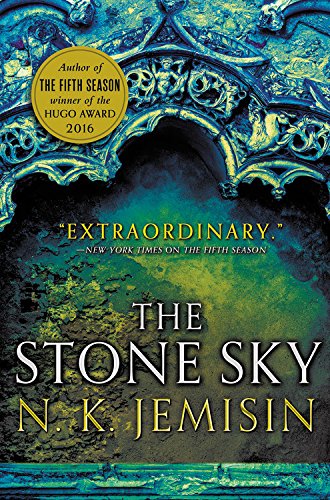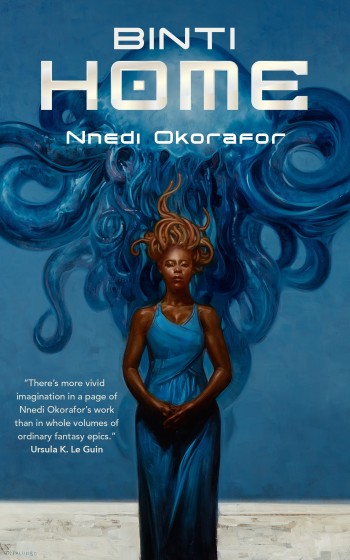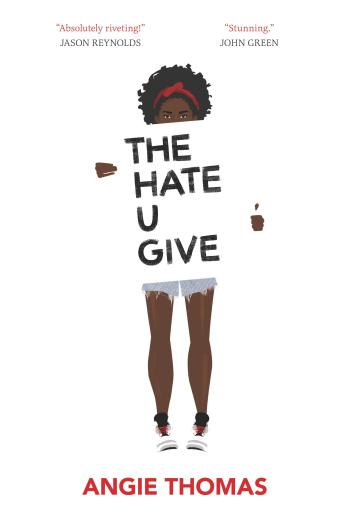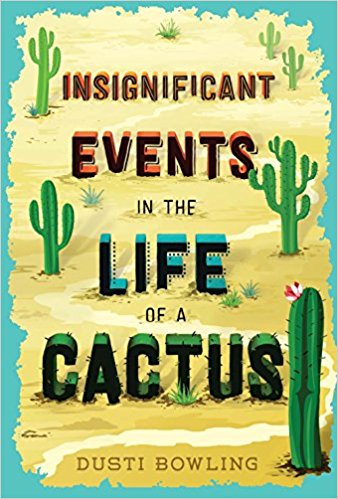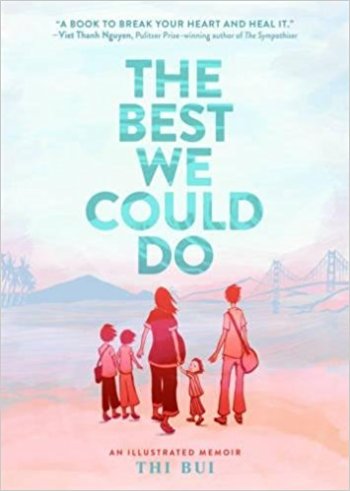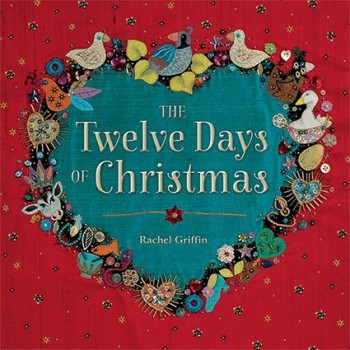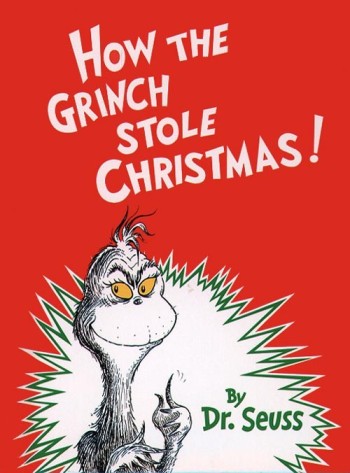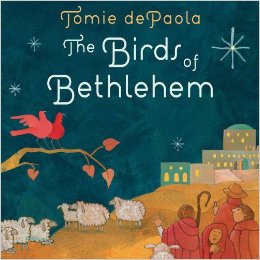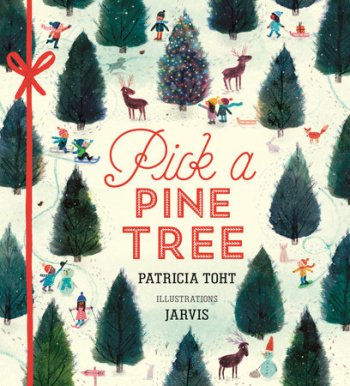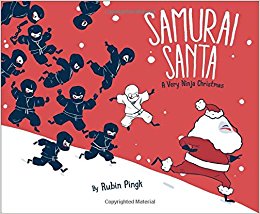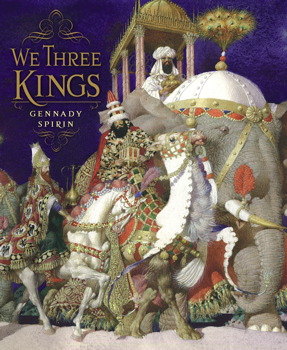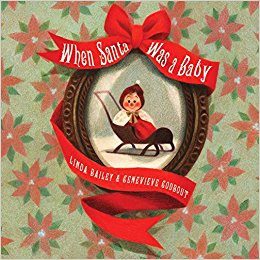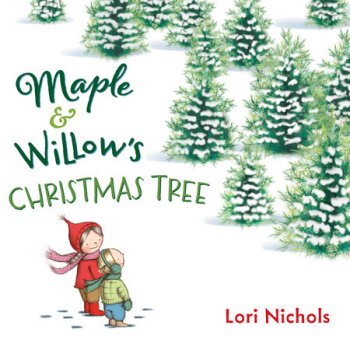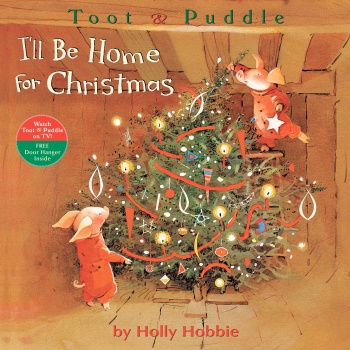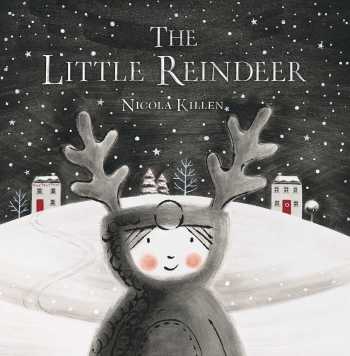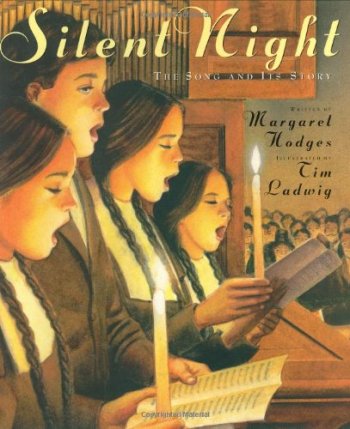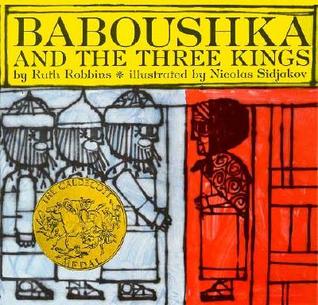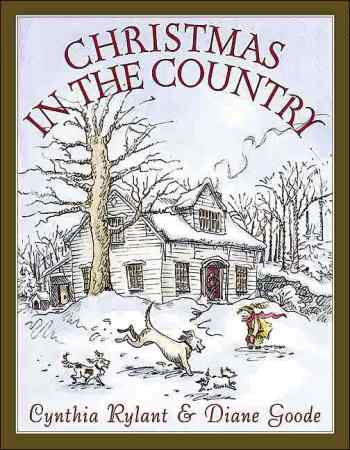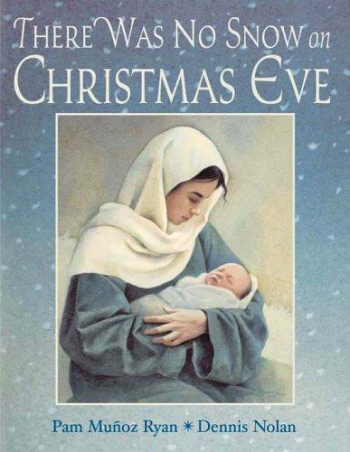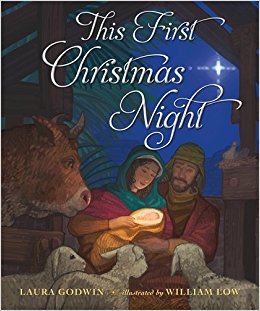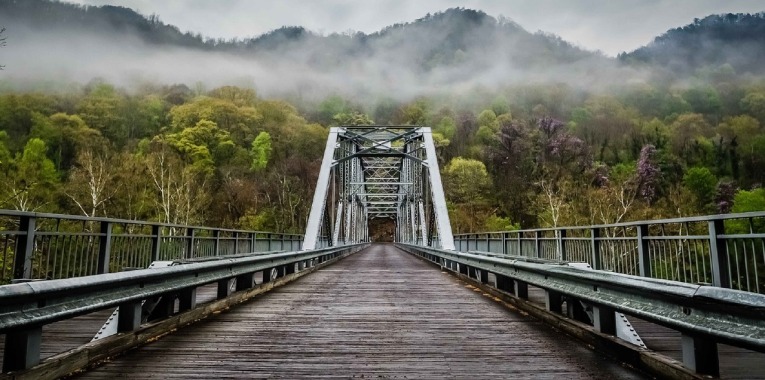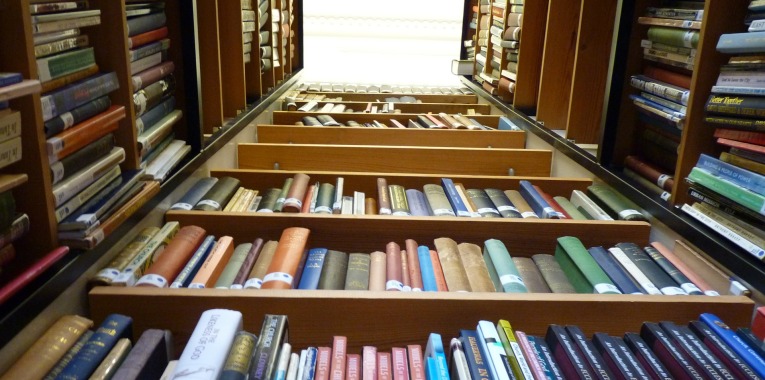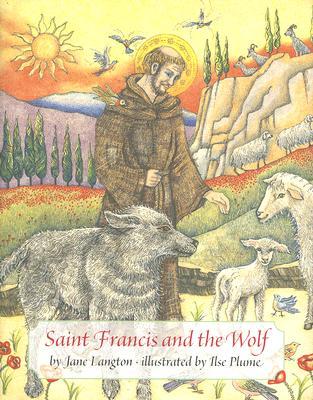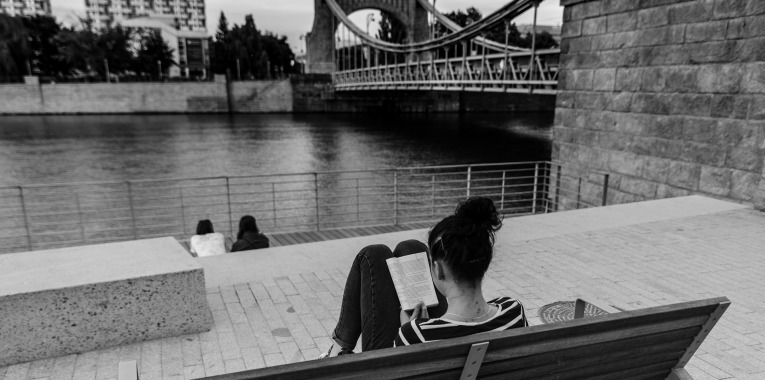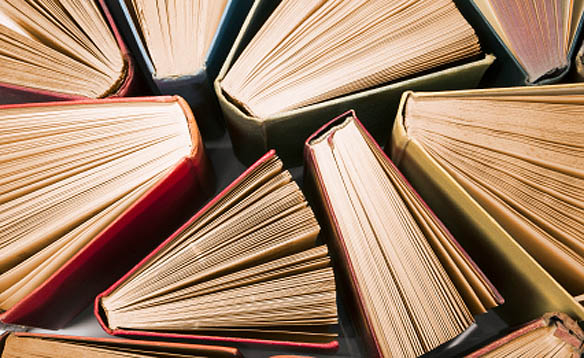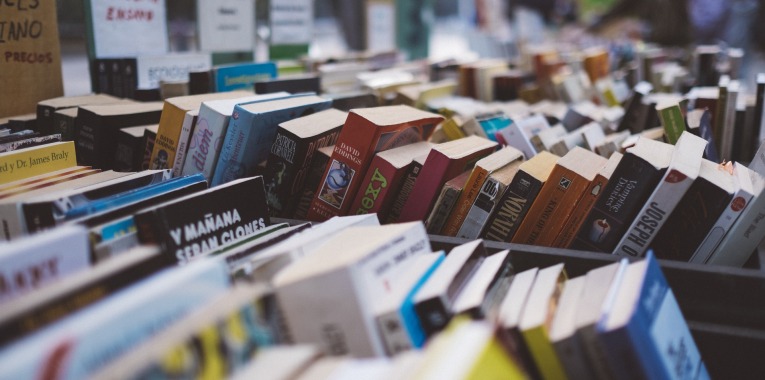There were so many wonderful books published in 2017, it was hard to pick my favorites. But there were a few that I especially loved. Here they are:
Memoir
Border: A Journey to the Edge of Europe – by Kapka Kassabova
In this book, the author returns to Bulgaria (where she was born and spent her childhood) after a long absence. Her goal is to better understand the human and cultural impacts of the Iron Curtain border that intersected this area of the world, and this goal leads her into an exploration of the concept of borders themselves and how they impact the current immigration crisis in Europe. She crosses the borders between Bulgaria, Turkey, and Greece many times over the course of her journey — a powerful experience for her after growing up near a border that seemed truly uncrossable. Her interviews with the people she meets in these borderlands unlock astonishing stories, as well as a variety of perspectives on the impact of recent history in the Balkans.
Short Stories
The Purple Swamp Hen and Other Stories – by Penelope Lively
This was my first venture into the work of Penelope Lively, and I’m eager to read more. I found each of these stories to be sharp, engaging, and witty. At first glance, the stories seem to be about the mundane — a broken down van, an elderly lady doing her weekly shopping, an uncomfortable lunch meeting. But each story delves into the recesses of the human soul, and reveals something extraordinary and unexpected by its close.
Fantasy
Stone Sky – by N.K. Jemisin
When the first two books of a trilogy have been as widely lauded and won as much critical acclaim as The Fifth Season and Obelisk Gate have, I always worry that the author won’t be able to stick the landing with the final book. I shouldn’t have worried in this case. The ending is masterful. This trilogy creates one single (several thousand page long) story arc, and this final book brought the story to a thundering, earth-shattering close. This is not light and fun fantasy — it delves into difficult themes such as abuse, trauma, power inequality, and rebellion. The world-building is captivating, the storytelling is masterful, and the ideas and struggles are deep and powerful.
Science Fiction
Binti: Home – by Nnedi Okorafor
This book (the second installment in the trilogy) is refreshingly different from classic science fiction. The author is Nigerian-American, and her works generally focus on African-based science fiction and fantasy. This book explores a kaleidoscope of different elements: a tribal girl struggling with the pull between her ambitions and the traditional expectations of her community, the tensions of a burgeoning friendship between this girl and a squid-like being who is the traditional enemy of her people, telepathy and unexplained mental powers, tribal magic and alien beings. I’m eagerly awaiting the release of the third volume of this unique and beautiful trilogy.
Non-Fiction
Wild Things: The Joy of Reading Children’s Literature as an Adult – by Bruce Handy
This book will appeal to adults with a literary bent who still enjoy reading kids’ books — in other words, right up my alley. It’s a delightful romp through American children’s classics as varied as Goodnight Moon, Charlotte’s Web, and Ramona Quimby, Age 8. The book isn’t intended for a scholarly audience, but it does explore children’s books as literature — digging into the lives of the authors, the thematic and structural elements (why do anthropomorphic animals feature so strongly in children’s lit?), and what children’s books from different eras say about the changing way we see our kids.
Young Adult
The Hate U Give – by Angie Thomas
The main character in this book is 16-year-old Starr, a girl who regularly moves between two worlds — the world of the underprivileged black neighborhood where she lives and that of the mostly white suburban school she attends. The uneasy peace she’s carved out for herself between the two worlds begins to splinter when she witnesses the death of her childhood best friend at the hands of a white police officer. The story is raw and powerful, but it’s also told with nuance and compassion. This isn’t a political tirade disguised as fiction — it’s a deeply felt story exploring many facets of a terrible situation.
Middle Grades Fiction
Insignificant Events in the Life of a Cactus – by Dusti Bowling
This is the story of Aven, a delightfully spunky girl who was born without arms (but likes telling people that she lost them wrestling an alligator), as she moves to a new town in order for her parents to take over the management of a run-down wild west amusement park. It’s a fun book, full of adventure, humor, and pluck, and I found it refreshing to read a book about a character with physical differences that didn’t treat those differences as the most important aspect of the story or of her as a person.
Graphic Novel
The Best We Could Do – by Thi Bui
This powerfully rendered graphic memoir follows a Vietnamese-American woman’s exploration of her family’s past. She delves into her parents’ backgrounds, their lives in Vietnam, and their eventual journey to America as refugees. The theme of motherhood weaves throughout the book, as the author (a new mother herself) seeks to understand her own mother’s past through the lens of motherhood. For a more in-depth look at this book, check out this post.

